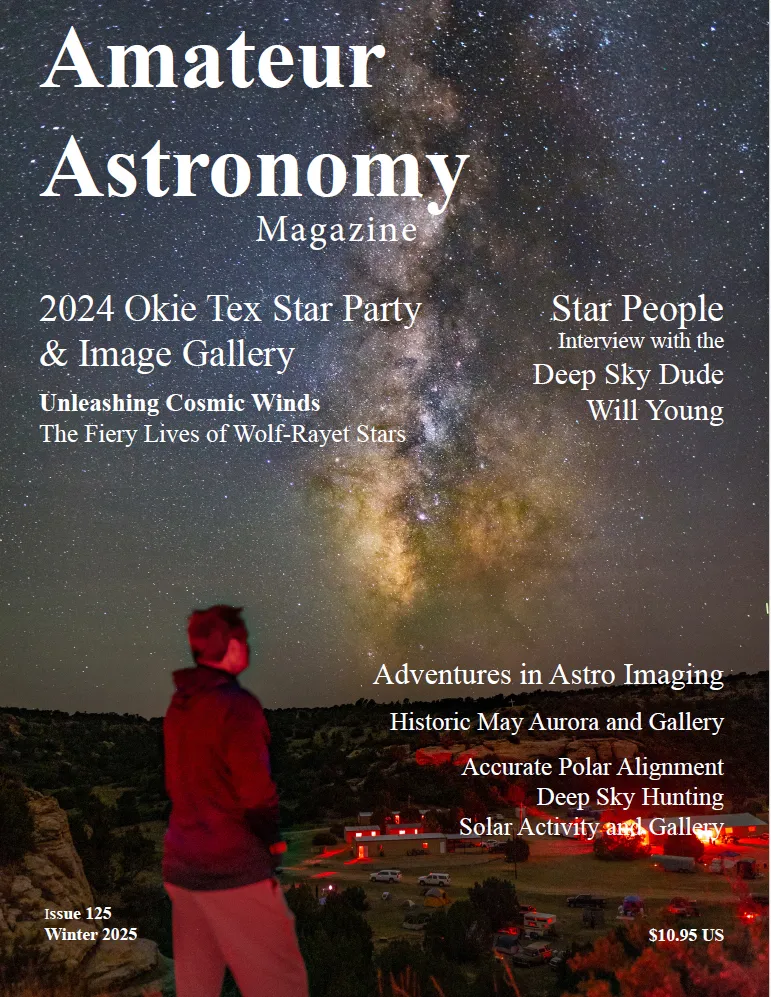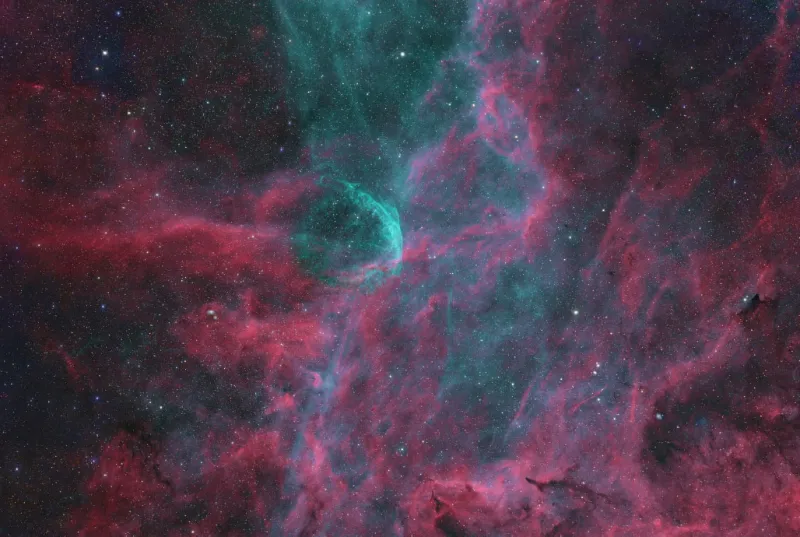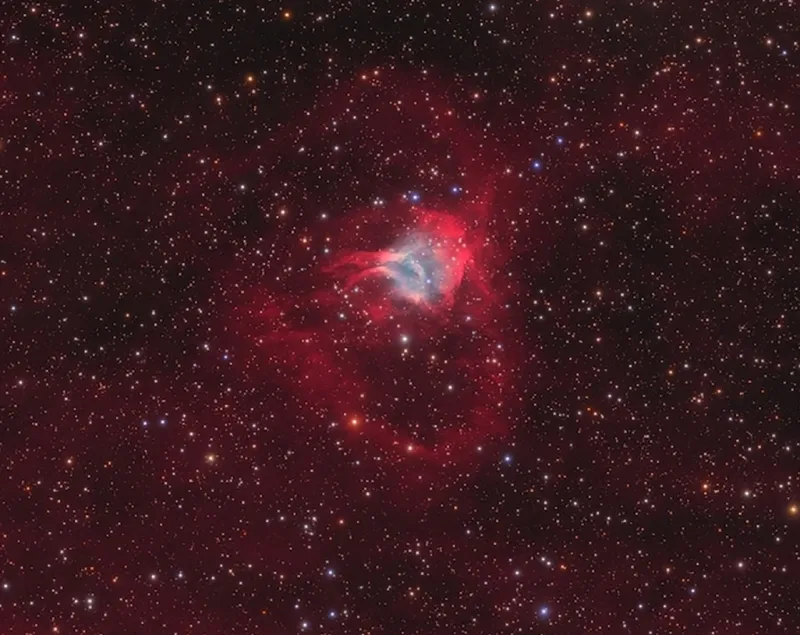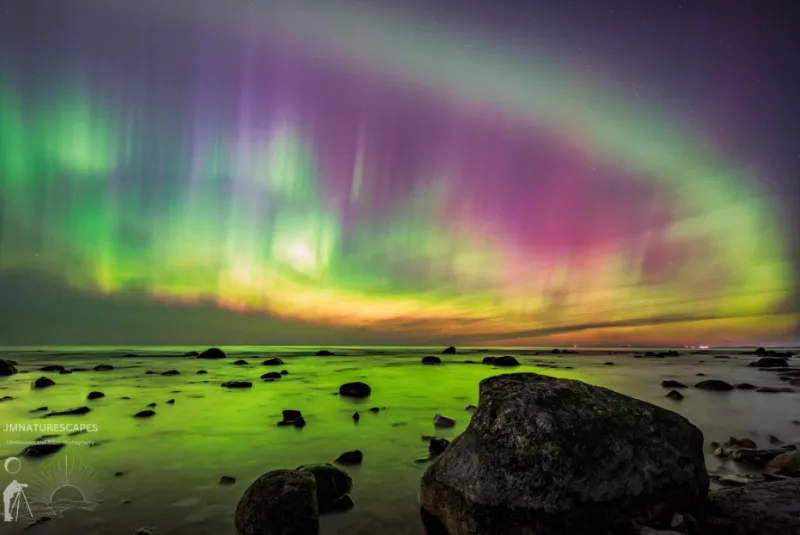Look up at the night sky. For millennia, humanity has been captivated by the countless pinpricks of light, the swirling nebulae, and the wandering planets. For many, this simple act sparks a lifelong fascination and a desire to understand the vastness above. Welcome to the captivating world of amateur astronomy, a hobby that combines scientific curiosity with a deep connection to the universe. It’s a journey of discovery accessible to anyone, blending elements of history, culture, technology, and the thrill of exploring the unknown right from your backyard.
Amateur astronomy is the pursuit of observing celestial objects and phenomena for personal enjoyment, study, or scientific contribution, conducted by individuals who are not professional astronomers. It’s a broad field, accommodating everyone from casual stargazers who enjoy identifying constellations with the naked eye to dedicated individuals who spend nights capturing stunning deep-sky images or meticulously documenting variable star brightness. Whether you gaze with the naked eye, binoculars, or more advanced amateur telescopes, the universe offers an inexhaustible canvas for exploration and wonder.
What Exactly is Amateur Astronomy?
At its core, amateur astronomy is about observation and learning. It’s driven by curiosity about the cosmos – understanding the cycles of the moon, identifying planets, finding distant galaxies, or witnessing celestial events like meteor showers or eclipses. Unlike professional astronomy, which is often focused on specific research projects using large, complex instruments, amateur astronomy is much more personal and varied. It’s a hobby of passion, patience, and perpetual discovery.
The Diverse World of Amateur Astronomy
The beauty of amateur astronomy lies in its accessibility and the multitude of ways one can engage with it.
Naked-Eye Observing
You don’t need any equipment to start. Learning the constellations, identifying bright stars and planets, tracking the moon’s phases, and watching meteor showers are all fundamental aspects of naked-eye observing. This is often the starting point for many enthusiasts, connecting them to ancient traditions of navigation and storytelling tied to the stars.
Binocular Astronomy
A good pair of binoculars can significantly enhance the naked-eye view, revealing craters on the moon, the moons of Jupiter, star clusters, and even some brighter nebulae and galaxies. Binoculars offer a wide field of view, making them excellent for sweeping the Milky Way or observing large objects like the Pleiades.
Telescope Observing
This is perhaps the most iconic image of amateur astronomy. Telescopes allow observers to see fainter and more distant objects, revealing details not visible with the naked eye or binoculars. There are various types of telescopes, from refractors and reflectors to catadioptrics, each with its own strengths. Choosing your first instrument can be daunting, but finding the best amateur astronomer telescope depends on your goals, budget, and observing location. Dedicated resources and communities offer guidance on selecting the right gear.
Amateur Telescope Making (ATM) & Equipment
For some, the hobby extends beyond observing to building or modifying their own equipment. Amateur Telescope Making (ATM) is a rich tradition involving grinding mirrors, constructing telescope tubes, and building mounts. This hands-on approach deepens understanding of optics and mechanics. Many explore the hobby further by building their own telescope amateur projects, showcasing incredible ingenuity and technical skill.
Astrophotography
With advancements in digital cameras and tracking mounts, astrophotography has become hugely popular. This involves capturing images of celestial objects, often revealing colors and details invisible to the human eye, even through a telescope. It’s a technically challenging but incredibly rewarding aspect of amateur astronomy, requiring specialized techniques for capturing and processing light from faint, distant sources. Techniques for capturing images of everything from planetary nebulae to auroras are constantly evolving.
 Cover of Amateur Astronomy Magazine Issue #125 featuring a Milky Way landscape
Cover of Amateur Astronomy Magazine Issue #125 featuring a Milky Way landscape
More Than Just Looking Up: Activities & Community
Amateur astronomy is a vibrant community with numerous activities beyond solitary observing sessions.
- Observing Specific Targets: Many amateurs specialize in certain types of objects, like planets, double stars, variable stars, or deep-sky objects (galaxies, nebulae, star clusters). Seasonal observing lists guide enthusiasts to prominent targets visible at different times of the year. Studying variable stars, for instance, allows amateurs to contribute valuable data to professional research.
- Attending Star Parties: These are gatherings where amateur astronomers meet to observe together, share knowledge, and enjoy the dark skies. Events like Okie Tex attract hundreds of enthusiasts annually. They are fantastic opportunities to see different types of equipment and learn from experienced observers. Star parties are a perfect blend of the hobby and a travel experience, often held in remote locations renowned for clear, dark skies.
- Building and Modifying Gear: DIY projects, from simple telescope accessories to complex observatory structures, are common. This aspect appeals to those with a technical inclination, merging astronomy with engineering and craftsmanship.
- Contributing to Science: Amateurs have made significant contributions to astronomy, including discovering comets and supernovae, monitoring variable stars, and tracking asteroids. Reports on transient phenomena like auroras or new celestial visitors are also valuable.
- Joining Clubs & Outreach: Local astronomy clubs provide resources, expertise, and observing opportunities. Many clubs also engage in public outreach, sharing their passion and knowledge with the wider community through star-gazing events and educational talks.
Amateur Astronomy and Travel: Chasing Dark Skies
The quality of your view of the night sky is heavily dependent on light pollution. Consequently, many amateur astronomers travel to darker locations away from city lights. This pursuit has led to the popularity of “dark sky tourism.” International Dark-Sky Association (IDA) certified locations, national parks, and remote observatories become prime destinations for observing trips. While professional facilities like those on Mauna Kea are primarily for research, visiting the general area or visitor centers can still be an inspiring experience for amateurs, connecting them to the frontiers of astronomical research in breathtaking natural settings.
 Image of Wolf-Rayet Star WR134 by Jon Talbot for Amateur Astronomy
Image of Wolf-Rayet Star WR134 by Jon Talbot for Amateur Astronomy
For those looking to purchase a specific amateur astronomy telescope for travel, portability becomes a key factor. Lightweight, easily assembled models are highly sought after by those who frequently venture to dark sites. Even considering the best ameteur telescope for your needs requires thinking about where you’ll be using it most often.
Resources for the Amateur Astronomer
Embarking on the journey of amateur astronomy is made easier by a wealth of available resources. Books, online forums, websites, and local clubs offer guidance for beginners and experienced observers alike. Among these, dedicated publications serve as invaluable sources of information, inspiration, and community connection.
One such resource is “Amateur Astronomy Magazine,” a publication specifically crafted by and for the amateur astronomy community. For over 30 years, it has served as a printed forum for enthusiasts around the globe. The magazine covers a vast array of topics essential to the hobby, including:
- Reviews and discussions of telescopes, large and small.
- Guides on amateur telescope making (ATM) and mirror grinding.
- Tips for collimation, observing techniques, and astrophotography.
- Reviews of astronomical equipment.
- Features on home and professional observatories.
- Observing lists and logs.
- Travel logs detailing trips to observing sites or astronomical destinations.
- Profiles of amateur astronomers and astronomy businesses.
- DIY astronomical projects.
- Articles on cosmology and science.
- Coverage of astronomy outreach efforts.
Whether in print or digital format, the magazine offers detailed articles, event coverage (like star parties), and stunning astrophotography galleries contributed by readers. It serves not just as a technical guide but also highlights the passion and community spirit that define amateur astronomy.
 Planetary nebula image by Jon Talbot featured in Amateur Astronomy Magazine
Planetary nebula image by Jon Talbot featured in Amateur Astronomy Magazine
Frequently Asked Questions About Amateur Astronomy
- What gear do I need to start amateur astronomy?
You can start with just your eyes! A good star chart or astronomy app is helpful. Binoculars are the next step, offering enhanced views. A telescope is a significant investment, and the type depends on your interests (planets, deep sky) and budget. Resources discussing amateur astronomy telescope options are widely available. - Where are the best places for stargazing?
Locations away from city lights are best due to light pollution. Look for “dark sky parks” or plan trips to rural areas, national parks, or remote observing sites. - Can beginners contribute to astronomy?
Absolutely! Amateurs contribute valuable data, especially in monitoring variable stars, observing occultations, tracking asteroids, and reporting transient events like auroras or comets.
 Stunning aurora display visible from southern latitudes, discussed in Amateur Astronomy Magazine
Stunning aurora display visible from southern latitudes, discussed in Amateur Astronomy Magazine
Conclusion
The realm of amateur astronomy offers a unique blend of science, technology, history, culture, and personal exploration. It’s a hobby that encourages lifelong learning and provides a profound perspective on our place in the universe. From the simple joy of identifying constellations to the technical challenges of astrophotography or building your own gear, there is a path for everyone. Resources like dedicated magazines and vibrant communities connect enthusiasts, sharing knowledge and the collective awe inspired by the cosmos. So, find a dark spot, look up, and begin your own adventure in amateur astronomy – the universe is waiting.
